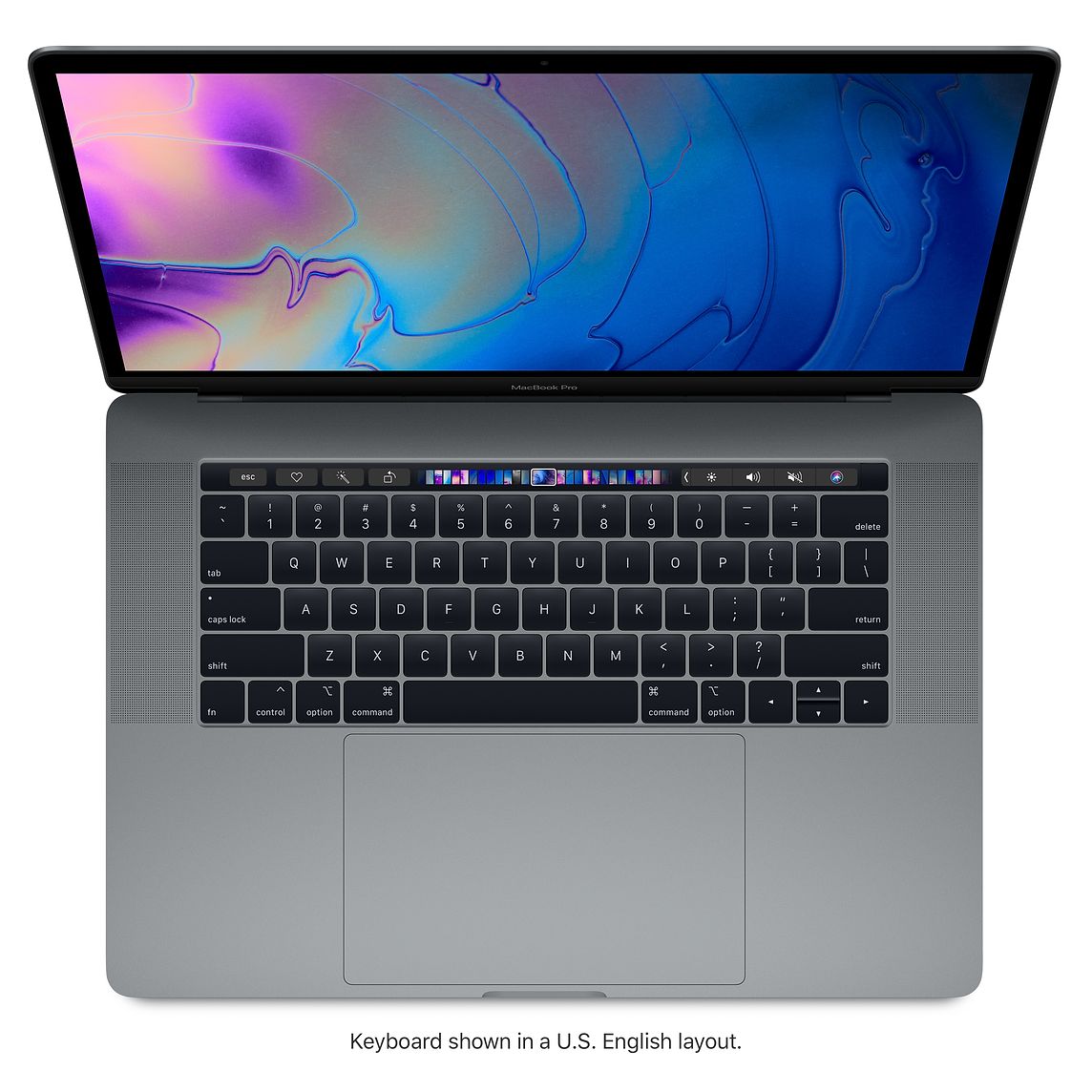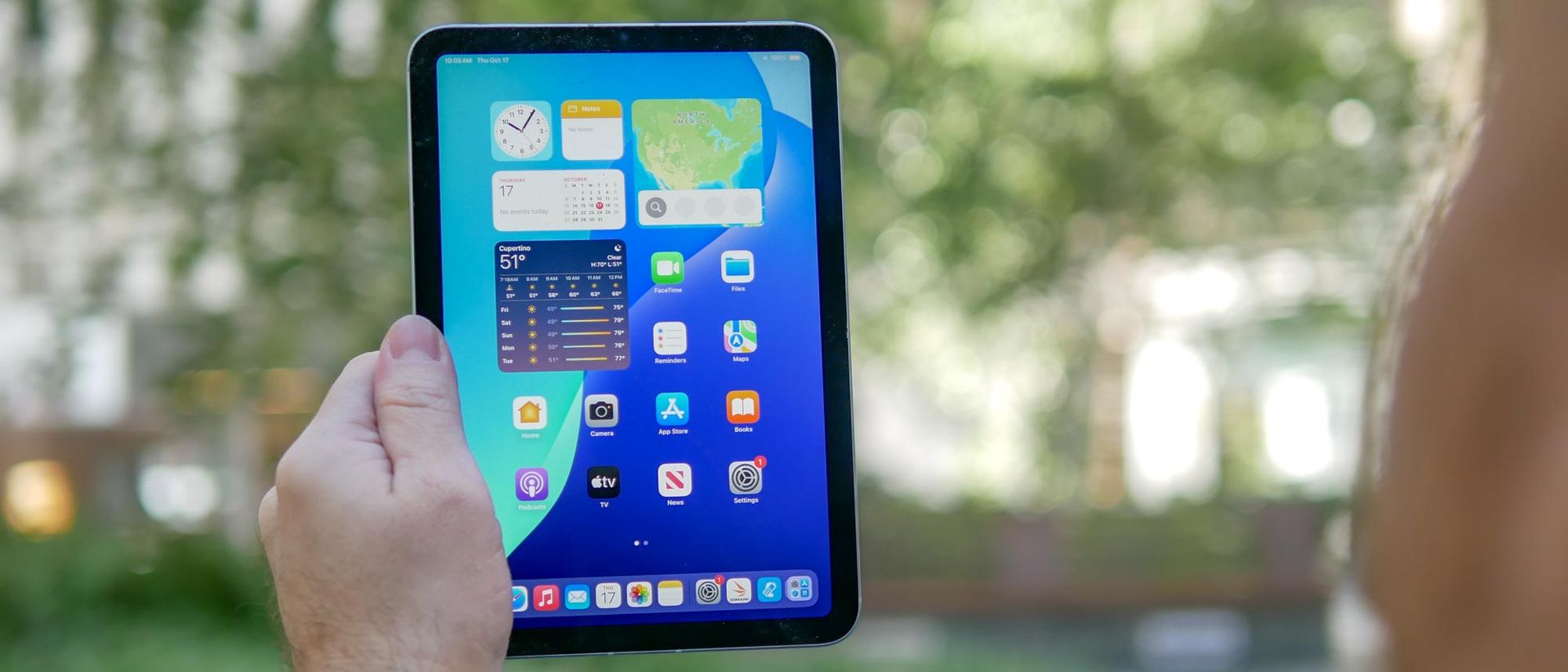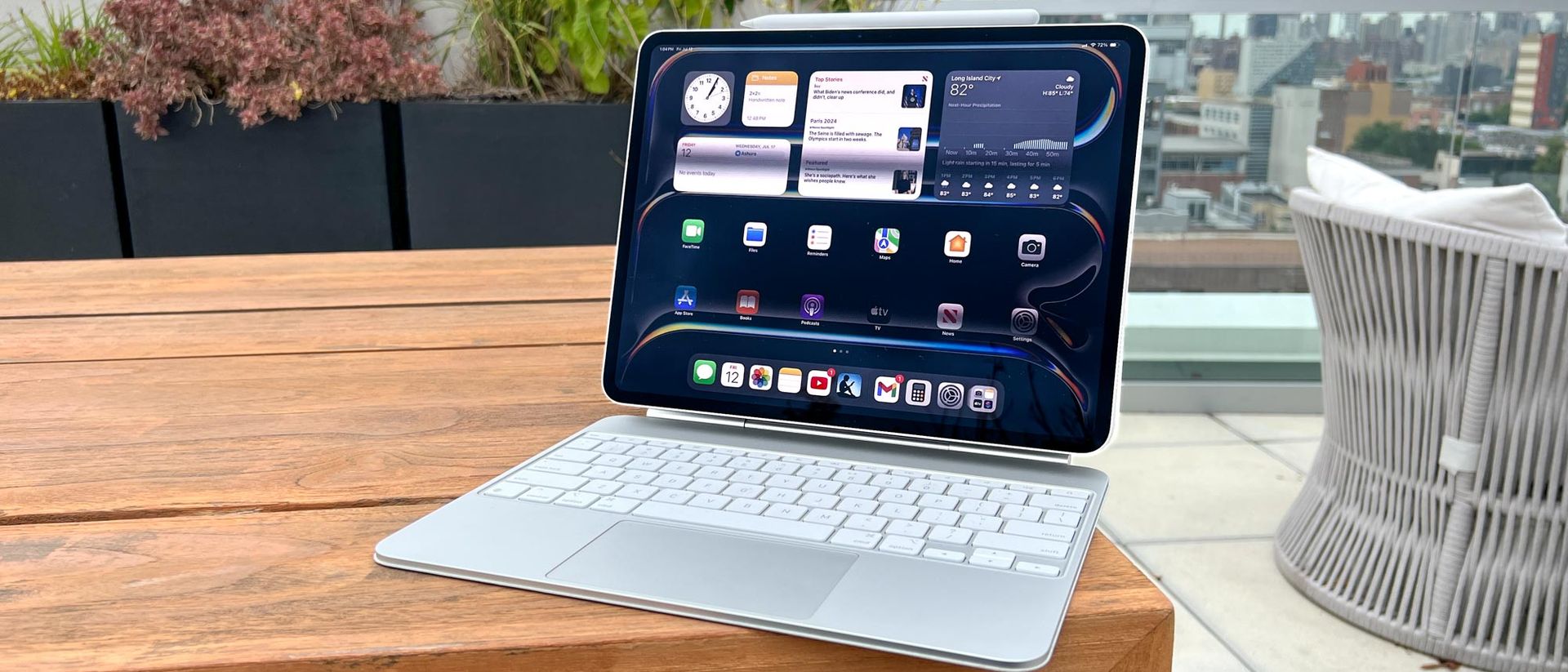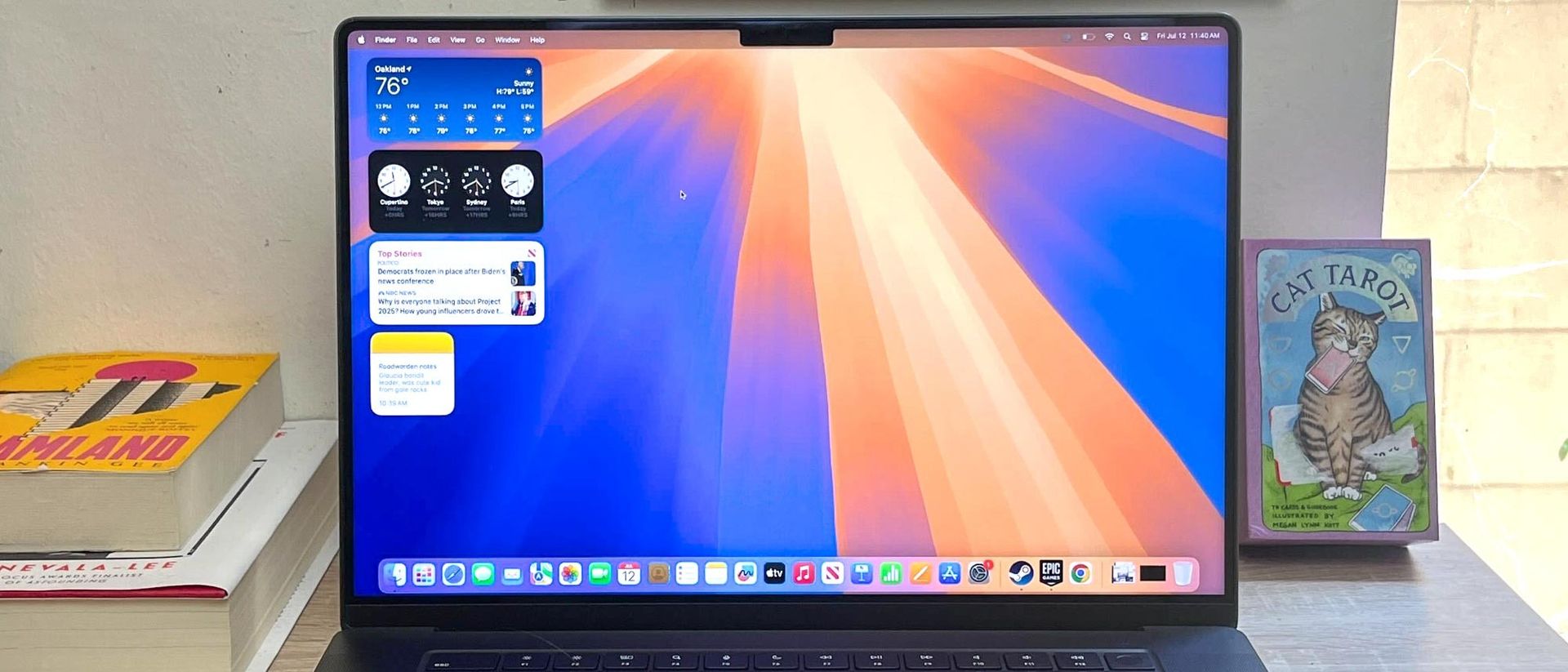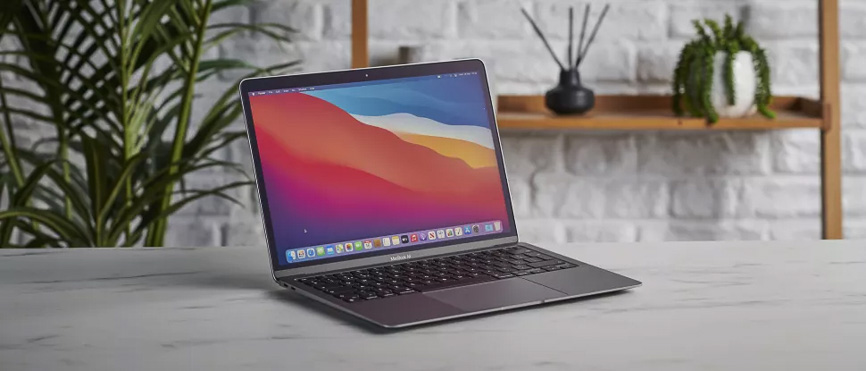
(Image credit: Future)
Two-minute review
The MacBook Air (2020), still powered by Intel processors, takes the MacBook Air 2019 template to the next level. Not only does the 2020 version come with more minimum storage, actually doubling the storage capacity, but it also updates the internals for more power. And, that means the 2020 model is a more capable version of Apple’s thinnest laptop line compared to previous generations.
Though MacBook Airs have always been unique because of how slim they are, their performance has typically been fairly weak, especially for the price. It doesn’t help that a lot of Windows rivals have caught up in terms of performance, specs, and design. On top of that, most of the past yearly refreshes have been somewhat limited in scope. It’s no surprise that MacBook Airs had lost a bit of their lustre.
With the MacBook Air (2020), Apple has corrected the ship. It doesn’t cost too much more to upgrade to 16GB of RAM and the Air finally comes with quad-core processors without sacrificing its iconically slim design or that accessible price tag.
With those upgrades to the CPU, RAM, and storage, the MacBook Air (2020) just offers that much more computer than previous models. Apple Air fans will appreciate it. And, those worthy upgrades have been passed onto the new MacBook Air (M1, 2020), which adds even more cores, thanks to the M1 chip. With macOS 11 Big Sur now available to download, the MacBook Air experience is as good and streamlined as it’s ever been.
Sadly, it’s no longer the thinnest and lightest laptop around (the LG Gram, for instance, is one of several Windows 10 laptops that weighs less than the MacBook Air these days). However, the MacBook Air for 2020 is still an impressively compact laptop with Apple’s famous design and build quality. While the new components add a little extra size and weight to the overall dimensions of the new MacBook Air, it remains to be a laptop you can easily and comfortably carry around with you.
When it comes to price, Apple has pleasantly surprised us by releasing the MacBook Air 2020 at a starting price that’s lower than what the 2019 model launched at: $999 / £999 / AU$1,599. Not only is this cheaper, but the specs are better than last year’s model, with the entry-level model featuring a dual-core 10th-generation 1.1GHz Intel Core i3 processor with a boost of 3.2GHz, 256GB storage and 8GB of LPDDR4X RAM.
Design-wise, things are pretty much the same, but with one major (and welcome) difference: the MacBook Air 2020 comes with a new keyboard. Gone is the old butterfly switches, which were too shallow for many people, and prone to failing if debris, such as dust and crumbs, fell between the keys, and in its place is the new Magic keyboard, which first appeared with the MacBook Pro 16-inch. This offers a deeper travel when typing, so it feels more responsive, and – crucially – it appears to have fixed the reliability issues of the older keyboard.
Elsewhere, it’s pretty much business as usual, which is good news if you love Apple’s devices and have been hankering after a MacBook Air that performs as well as it looks. However, if Apple’s laptops have previously left you cold, then there’s not much here that will make you change your mind.
We are Tradelectronics, licensed second-hand electronics dealer located in Sydney CBD, experts in trading used laptops, old cameras & lens, and used mobile phones. Fast, Reliable & We Pay More! Get a free quote on your favourite WhatsApp, Facebook, SMS & Email, instant reply!
| Click icon for WhatsApp Quote | Click icon for facebook Quote |
 |
 |
- We are open from Mon – Sat 12pm – 7pm
- Get your free quote from WhatsApp and Messenger are highly recommended, we can guide you through in finding the accurate specs for your laptops, cameras & lens, mobile phones as well. As such we can provide a more precise quote for you.
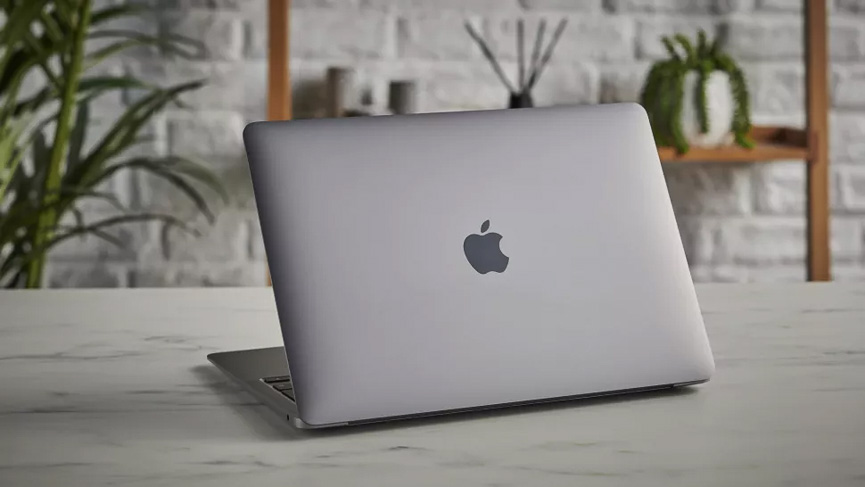
(Image credit: Future)
Price and availability
Apple made preorders for the MacBook Air (M1, 2020) available as soon as it was announced, with units shipping from November 17 worldwide. Many Apple Stores are closed due to the global pandemic, so your best option for getting one right now is by ordering online.
Prices for the new MacBook Air (2020) start at $999 / £999 / AU$1,599. As usual, there are a number of specifications available at launch, and you can further customize these to get the MacBook Air (2020) that best suits your needs and budget.
The base model features an M1 chip with an 8-core CPU and 7-core GPU, 8GB of RAM and 256GB SSD.
There’s also a higher-specced model, priced at $1,249 / £1,249 / AU$1,949, which has an M1 chip with an 8-core CPU and 8-core GPU, 8GB of RAM and 512GB of storage. So, for that extra money you’re getting an additional core in the GPU, and double the storage.
You can also configure these models to have 16GB of RAM (for $200 / £200 / AU$300 extra), and up to 2TB of SSD storage (for $800 / £800 / AU$1,200).
For comparison, the MacBook Air (2020) launched earlier this year for $999 / £999 / AU$1,599, which was actually cheaper than the launch price of the MacBook Air (2019).
So you’re getting the new MacBook Air (M1, 2020) for the same price as the earlier model, which we commend Apple for. If you bought a MacBook Air a few months ago, however, you may feel a little annoyed that it’s already outdated.
That $999 / £999 / AU$1,599 entry point isn’t just the cheapest way of getting a new Apple laptop; it’s an incredibly competitive price point that undercuts many of the best 13-inch laptops running Windows 10, such as the Dell XPS 13. If you thought Apple’s laptops were overpriced compared to the competition, think again.
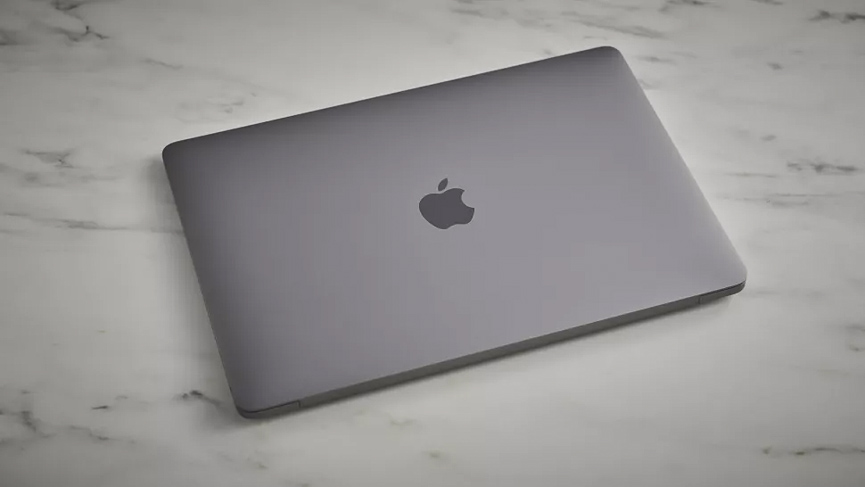
(Image credit: Future)
Design
We’ve mentioned how, thanks to its competitive price, the MacBook Air (M1, 2020) is helping challenge people’s preconceptions about MacBooks – but the new MacBook Air, along with the MacBook Pro 13-inch (M1, 2020) and Mac mini (M1, 2020), also offer strong rebuttals to the criticism, often leveled at the Apple, that its products are more style than substance.
People often dismiss Apple as making products that look good, but that don’t do anything particularly revolutionary when it comes to the actual hardware. With the MacBook Air (M1, 2020), however, it’s the complete opposite.
With this laptop, Apple has actually done some really exciting things on the inside – switching to its own M1 chip, and building macOS Big Sur from the ground up to take advantage of it – while leaving the actual design of the device completely unchanged. This is both good news and bad news.
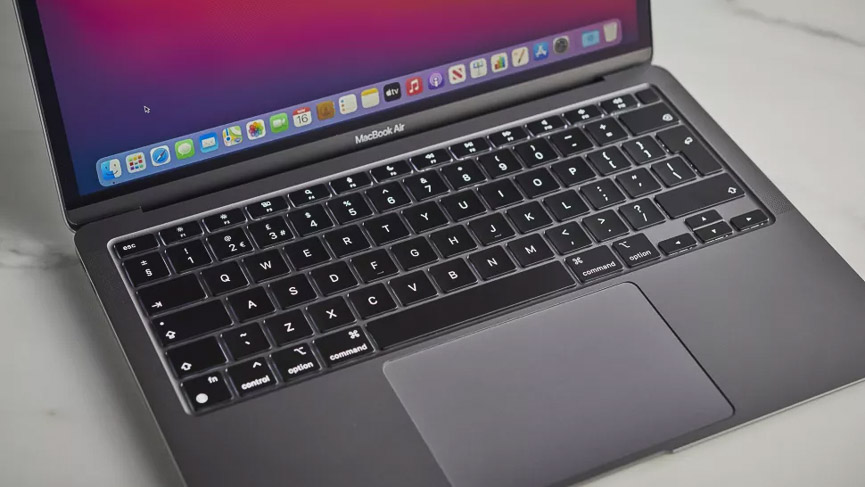
(Image credit: Future)
First, the good news. For many people, the iconic design of the MacBook Air is pretty much perfect, so they don’t see the need for any radical change. At the same time, by simply offering minor spec bumps every year, the MacBook Air was in danger of being outclassed by more ambitious rivals. So, by concentrating on revolutionizing the hardware of the MacBook Air, and not tinkering with the design, Apple is doing something many of its critics have argued it should do: focus on the unglamorous, yet essential, stuff.
But what about the bad news? Well, because the MacBook Air (M1, 2020), along with macOS Big Sur, promises to be such a big revolution, the fact that it looks – and feels – exactly the same as previous MacBook Airs is a little disappointing, to put it mildly.
The MacBook Air (M1, 2020)’s dimensions of 0.16–0.63 x 11.97 x 8.36 inches (0.41–1.61 x 30.41 x 21.24cm) and weight of 2.8 pounds (1.29kg) are exactly the same as those of both the MacBook Air (2020) and the 2019 model, and virtually the same as those of the 2018 Air, which is a bit lighter.
On the outside, then, this new MacBook Air looks identical to the three previous models – and it means that the excitement that comes with pulling the new MacBook Air from its packaging is somewhat dulled, particular if you’ve owned one of those earlier machines.
There had been rumors that the move to Apple’s own silicon would result in lighter devices, but this isn’t the case. One big design change that has been enabled by the M1 chip, though, is that the MacBook Air (M1, 2020) is now fanless. This means the internals keep cool enough under workloads without the need for fans to kick in and cool them down. There’s a catch to this (which we’ll get to in a bit), but it means the MacBook Air (M1, 2020) runs virtually silently, and it’s very impressive.
The lack of fans could have allowed Apple to make the new MacBook Air thinner and lighter, so it’s interesting that it remains the same size and weight as its predecessors.
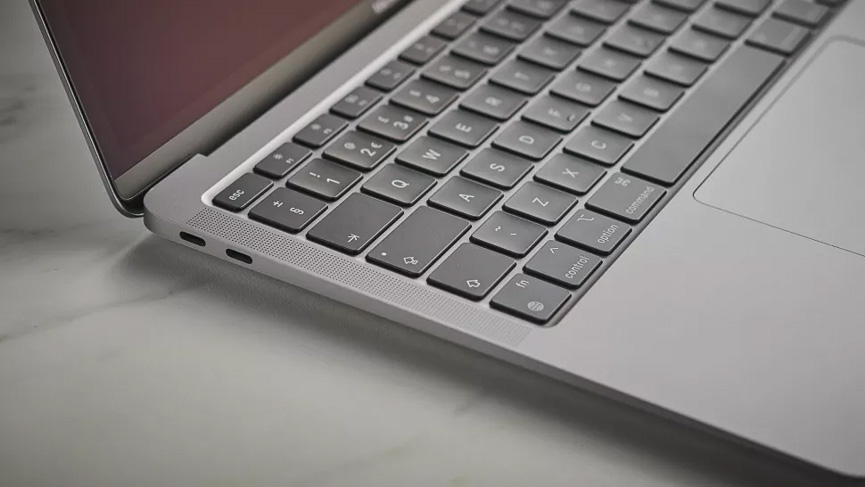
(Image credit: Future)
On opening up the MacBook Air (M1, 2020) you’re again presented with a sight that’s familiar, and in a good way. The best addition to the previous MacBook Air’s design, the new Magic Keyboard, is again included here. It really is a lovely keyboard to work on, feeling tactile and responsive despite how flat the keys are.
A Touch ID button is again situated above the keyboard, and it remains the best fingerprint scanner we’ve used on a laptop. Too many of the fingerprint scanners on Windows laptops struggle to log us in reliably, but the Touch ID button here logged us in successfully pretty much every time, even when we’d not completely covered the scanner with a finger.
The screen is also virtually the same as the one on the MacBook Air (2020), except for one big difference. So, it’s still 13.3 inches with a 400-nit LED backlit display, and a Retina display of 2560 x 1600 resolution, and comes with Apple’s True Tone technology, which automatically adjusts the color temperature on the screen based on the ambient light.
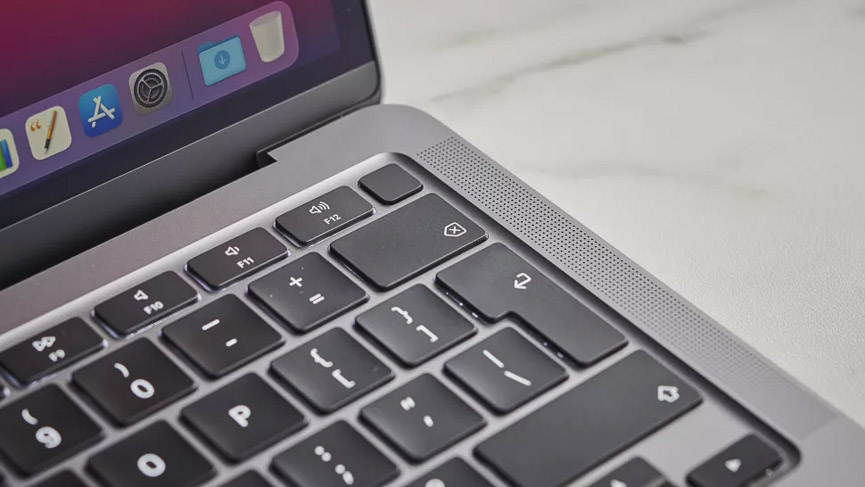
(Image credit: Future)
What’s new here is that the MacBook Air (M1, 2020)’s screen now supports the P3 wide color gamut, which results in more accurate, true-to-life images. P3 support used to be only found in the more expensive MacBook Pros, so it’s great to see Apple bring this feature to its more affordable MacBook Air lineup. If you’re a photographer or video editor who requires accurate colors, you no longer have to automatically go for a MacBook Pro.
The screen is also surrounded by those big thick bezels that have been a staple of the MacBook Air’s design for ages now, and which leave this laptop feeling a little dated. Devices such as the Dell XPS 13 and the Huawei MateBook X (2020) offer incredibly thin bezels around the display, and not only does it make these devices look more modern, it means the makers can actually reduce the overall size of the laptop further while offering the same-size screen.
Yep, you read that right: we think Huawei has the edge over to Apple when it comes to thin and light laptop design. Strange times indeed.
The webcam above the screen is also unchanged from last time, with the same 720p FaceTime webcam. The 720p resolution feels distinctly outdated when most competitors offer 1080p, and with more people spending more time working from home these days, we’d have liked Apple to have given the webcam a boost.
However, the company claims that thanks to the M1 chip, the image signal processor has been overhauled, giving the webcam supposedly better noise reduction and dynamic range, along with auto white balance. We’ve only used the webcam for a limited time so far, and it seemed fine, if not mind-blowing.
Port-wise you get the same two Thunderbolt 3 ports and an audio jack as on recent MacBook Airs. The Thunderbolt 3 ports support charging, and can be used to power external monitors, and transfer data up to 40Gb/s. We’re glad to see that Apple’s move to its own M1 chip, rather than Intel, hasn’t meant the loss of the Thunderbolt ports (Thunderbolt is an interface developed by Intel).
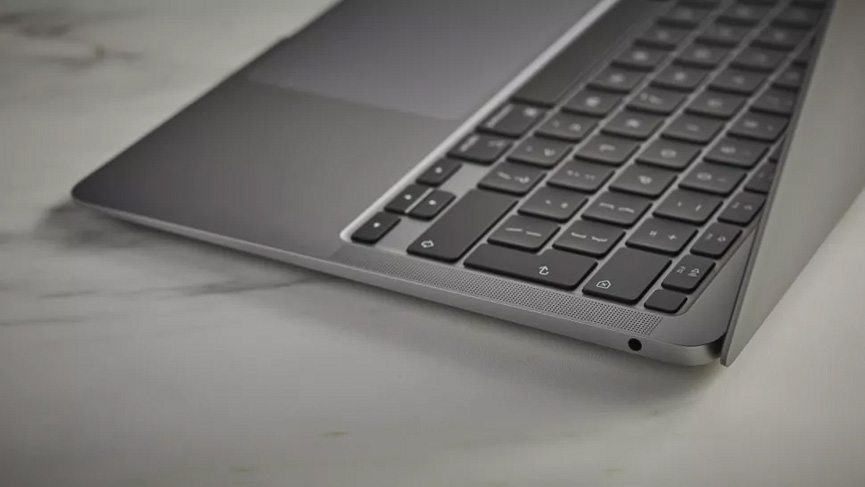
(Image credit: Future)
Performance
As soon as we began using the MacBook Air (M1, 2020) we were impressed. It boots up quickly (an additional benefit of the M1 chip), Big Sur feels fast and responsive, and the new look for the operating system really impresses. The interface has a more modern look, with bright, vibrant colors that really show off the MacBook Air’s screen. It’s also less cluttered, so you’re not overwhelmed by icons and options, while the Control Center has been redesigned based on the version in iOS. It looks neater, and it’s easier to use.
All applications that you usually run in macOS on Intel-based MacBooks should work fine with the new MacBook Air (M1, 2020), thanks to some software wizardry using Apple’s Rosetta 2 tool, which allows apps to run on the new architecture.
We tried a mix of both new apps built for the M1 chip, as well as legacy apps built for Intel Macs, and running via Rosetta, and there was no noticeable difference in terms of performance. The fact that you can seamlessly run older apps on the new MacBook Air really is commendable – the M1 chip is based on ARM architecture, and one of the biggest drawbacks of Windows 10 on devices running on ARM-based chips is that you’re limited to running only ARM-compatible apps from the Windows Store. There’s a rather sparse selection of these, and this severely limits the usability of these devices. Microsoft needs to come up with its own Rosetta, pronto.
Not only can you run pretty much any existing Mac app on the MacBook Air (M1, 2020), but thanks to the M1 chip using similar architecture to iPhones, you can now run any iOS app or game as well. This brings a huge amount of new tools to the MacBook, and is genuinely exciting. iOS apps and games are more feature-rich and graphically impressive than ever before, and having access to these could be a game-changer. We played a few iOS games, and they ran perfectly on the MacBook Air – suddenly, the MacBook has become a decent gaming machine.
We were able to have quite a few apps running all at once, swapping between them with ease, and the Apple MacBook Air (M1,2020) kept up brilliantly. Throughout our tests it felt fast and capable. Moving a large 14GB file from an external SSD took less than a minute, for example. This really does feel like a fast and spritely machine.
Apple claims the new MacBook Air is three times faster than other laptops in its class, and faster than 98% of PC laptops sold in the past year. It also says the neural engine is nine times faster than the one in the previous MacBook Air, and its SSD is up to twice as fast thanks to the M1 and the latest flash technology.
One thing to note is that the fanless design of the MacBook Air (M1, 2020) could mean that performance is throttled when it’s performing demanding tasks over long periods of time. Because there are no fans to stop it overheating, the only thing it can do is reduce the performance of the components – known as throttling – to control temperatures.
In fact, that’s why pros may want to go for the new MacBook Pro 13-inch. It has the same M1 chip as the MacBook Air, but it has fans, which means it can be used for intensive tasks over longer periods of time, without, Apple claims, throttling.
However, in our tests we didn’t notice any major incidents of throttling, and as you can see from the benchmark tests, the MacBook Air (M1, 2020) came impressively close to the performance of the more expensive 13-inch MacBook Pro (M1, 2020).
In both Geekbench 5 and Cinebench, the single-core performance of the MacBook Air was pretty much on par with the MacBook Pro, and multi-core scores weren’t that much different either.
This is great news for the MacBook Air – and slightly less good news for the 13-inch MacBook Pro (M1, 2020). Because the MacBook Air (M1, 2020) is such a good laptop, it almost makes the MacBook Pro feel unnecessary. Performance seemed pretty similar in our day-to-day use, and we even played around with 8K video editing in Final Cut Pro, and while Apple seems keen to stress that the Air is capable of 4K video editing – it actually did a great job at 8K as well, allowing us to scrub through multiple 8K sources with ease. Very impressive.
So, with that boost in performance, along with the new P3 color gamut support, the MacBook Air (M1, 2020) is a brilliant choice for video editors who want a more affordable laptop than the MacBook Pro. It makes the MacBook Pro 13-inch a slightly harder to justify purchase, though it does have a few key features that the Air misses, such as the TouchBar and better cooling. Having both MacBooks churning through high intensity tasks for long periods of time should show a bigger performance gap in the Pro’s favor. But for most people, the MacBook Air (M1, 2020), will offer plenty of power and performance.
Battery life
As for battery life, we knew that the new ‘Apple silicon’ would be more power-efficient, so it’s no surprise to find that the new MacBook Air has the longest battery life of any MacBook Air yet – up to 15 hours of wireless web browsing, or up to 18 hours of video, according to Apple.
We’ve been very impressed with the MacBook Air’s battery life – even after a few hours of work (and web browsing), the battery only dropped a few percentage points, and even if you leave it on standby for a day and come back to it, the battery level remains high.
In our official battery test, where we run a looped 1080p video at 50% brightness until the battery dies, the MacBook Air (M1, 2020) lasted a very impressive 11 hours and 15 minutes.
That’s a lot longer than the previous model lasted in the same tests (7 hours 55 minutes), and it just beats the latest Dell XPS 13 as well (11 hours 1 minute).
This means you should be easily able to go a full work day (and more) without needing to charge the MacBook Air – though obviously the battery will deplete quicker if you’re doing more intensive tasks with it.
It doesn’t quite reach the huge 13 hours and 22 minutes the new 13-inch MacBook Pro (M1, 2020) managed, but we can’t imagine anyone having any complaints with the MacBook Air (M1, 2020)’s battery life.
Buy it if…
You want an affordable MacBook
The MacBook Air (M1, 2020) isn’t just one of the best MacBooks Apple has ever made, it’s also the cheapest. This is fantastic value.
You want a powerful thin and light laptop
The performance of the MacBook Air (M1, 2020) really is impressive, so much so that many people thinking about buying the MacBook Pro should actually consider this instead.
You want a long-lasting battery
The MacBook Air (M1, 2020) has a brilliant battery, and will be able to power through a work or school day with ease. Really impressive stuff.
Don’t buy it if…
You want a budget laptop
The MacBook Air (M1, 2020) is a great value laptop, but it is still very expensive. There are some brilliant budget laptops out there these days that offer excellent performance for a lot less.
You don’t like Macs
The MacBook Air doesn’t have a revolutionary design, nor does it try to win over Windows users too much. If you weren’t a fan of previous MacBook Airs, the new 2020 model won’t really persuade you otherwise.
Source: Techradar

